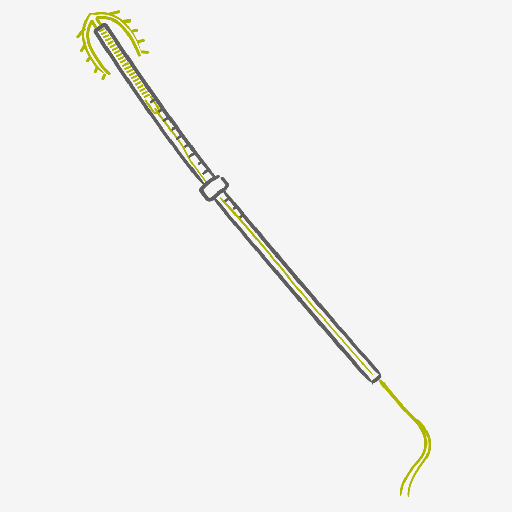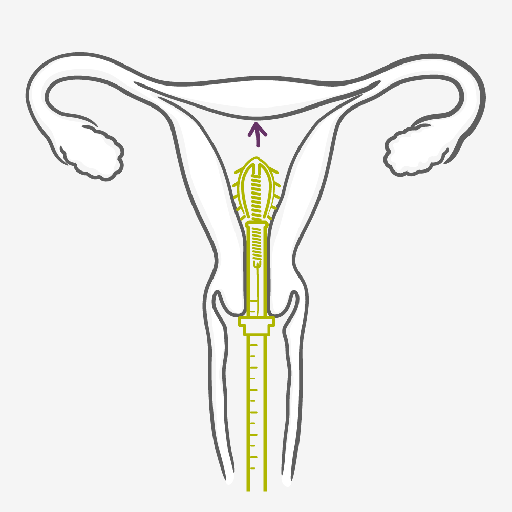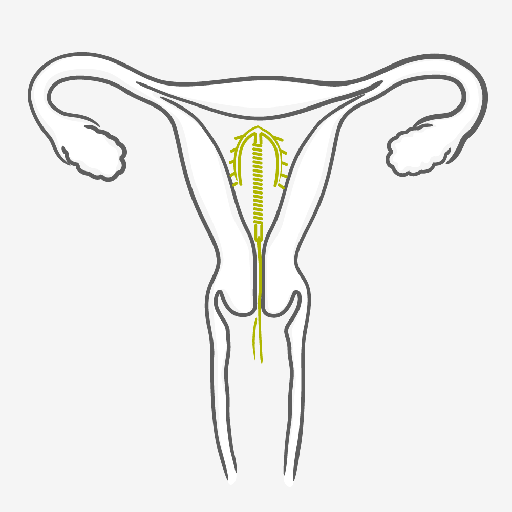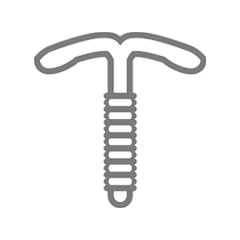COPPER COIL (IUD)
WHEN and HOW?
The copper coil (IUD) is highly effective - the efficacy is 99% with typical use.
How is the copper coil (IUD) inserted?
The IUD can only be inserted by a well-trained healthcare provider once every 5 to 10 years depending on the type. Once your healthcare provider has made sure the copper coil (IUD) is a suitable method for you based on your medical history and you’ve decided to use it, there really isn’t much to do.
- The healthcare provider will use an applicator tube to insert the copper coil through the cervix into your womb. The insertion of the IUD should not take longer than 5 minutes.
- You can of course change your mind at any point and your healthcare provider will simply take it out again for you.
- After the IUD is removed, the contraceptive effect wears off quickly and you can become pregnant as rapidly as women who have used no contraceptive at all.
The copper coil (IUD) can also be used as emergency contraception, if inserted within five days after unprotected sex.
The copper IUD is highly effective, however, it is not a method that is suitable for everyone. This is why, to be sure, discuss the method with your healthcare provider beforehand to make sure it’s right for you.
Tabs header
COPPER COIL (IUD) PROS:
- It can stay in place for up to 5 or 10 years (depending on the type), but can be removed any time
- At 99%, it’s one of the most effective contraceptive methods
- Suitable for women who want long-acting reversible contraception for up to 5 or 10 years and wish to avoid daily, weekly or monthly regimen
- It doesn’t interrupt sex
- It isn’t affected by other medications
- It can also be used as emergency contraception, if inserted within five days after unprotected sex
- It can offer an alternative to those affected by the hormone estrogen
- It can be used when breastfeeding
- Fertility returns to previous levels once the copper coil (IUD) is removed
- Easy to hide
COPPER COIL (IUD) CONS:
- It requires a trained healthcare provider for insertion and removal
- It may causes cramps and/or irregular bleeding
- Some women experience headaches, tenderness and acne after an IUD is fitted
- Small risk of infection at insertion and of expulsion
- Does not protect against HIV infection (AIDS) and other sexually transmitted infections (STIs)





































